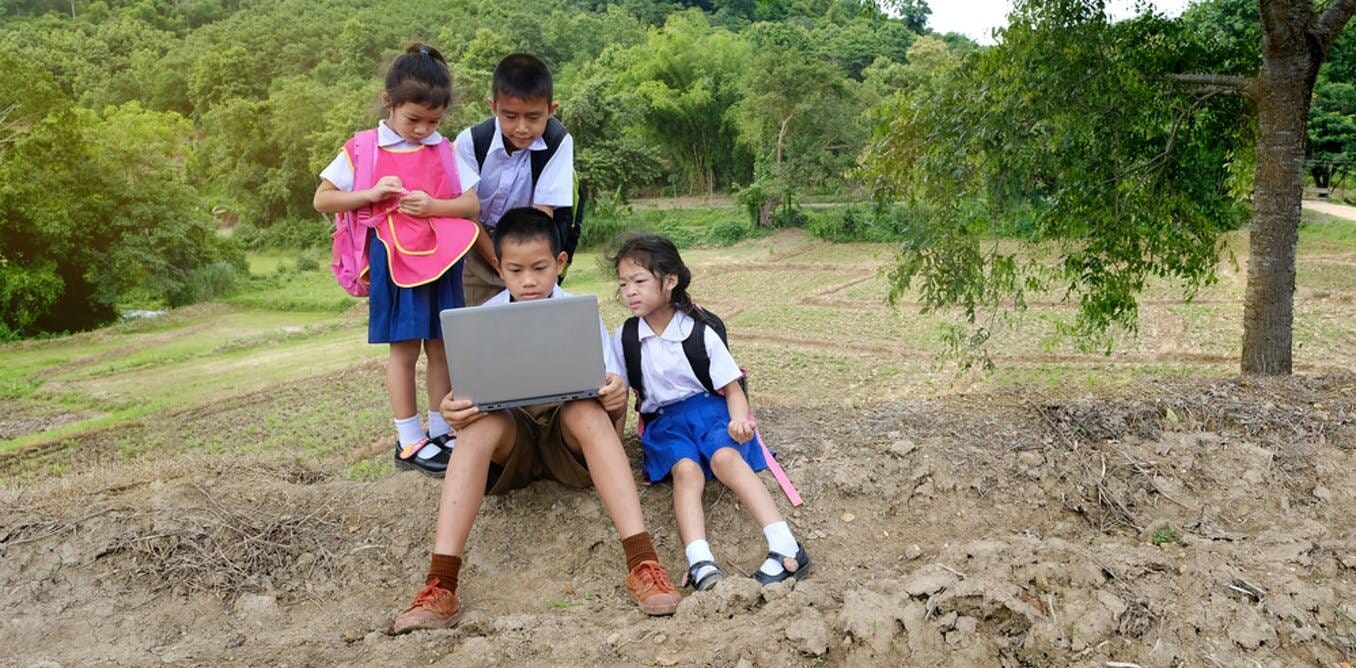Covid-19’s Devastating Impact on Asian Education
For millions of children, their education is likely to be permanently stunted

At about 1 o’clock on the sunny afternoon of January 12, the volcano at the bottom of Taal Lake 50 km south of Manila suddenly shuddered and blew up with a series of explosions that spewed ash and gases 15 km into the sky and sent a darkening plume to the northeast, covering a great swath of Luzon, the most populous island in the Philippines, with grit.
…
Keep reading with a 7-day free trial
Subscribe to Asia Sentinel to keep reading this post and get 7 days of free access to the full post archives.

